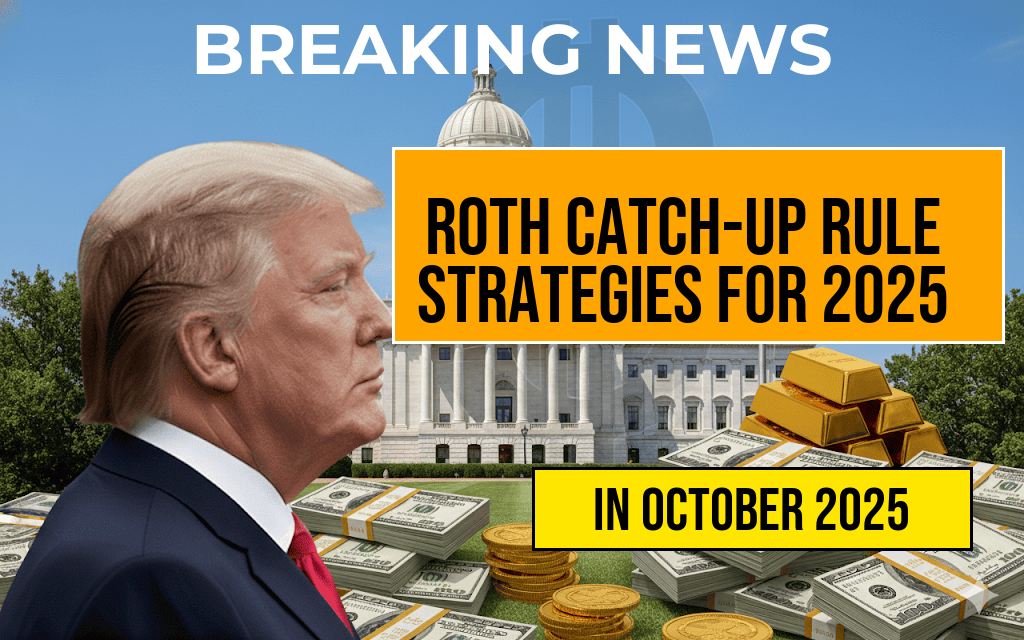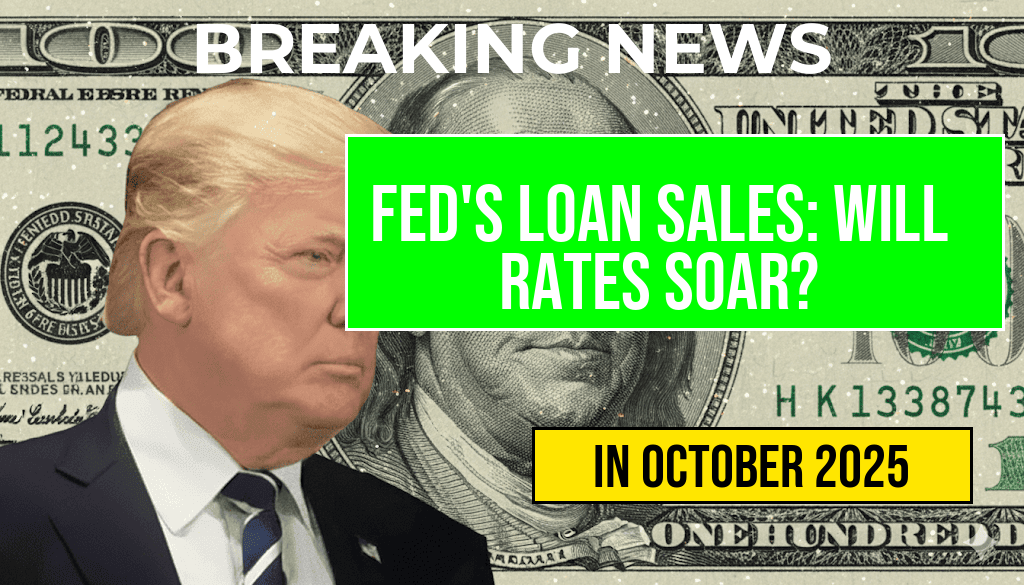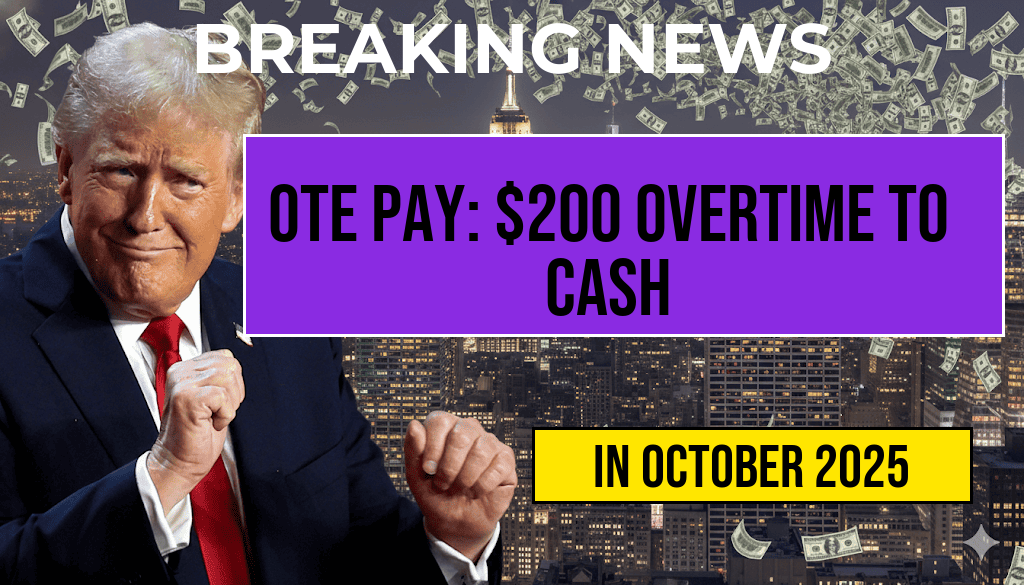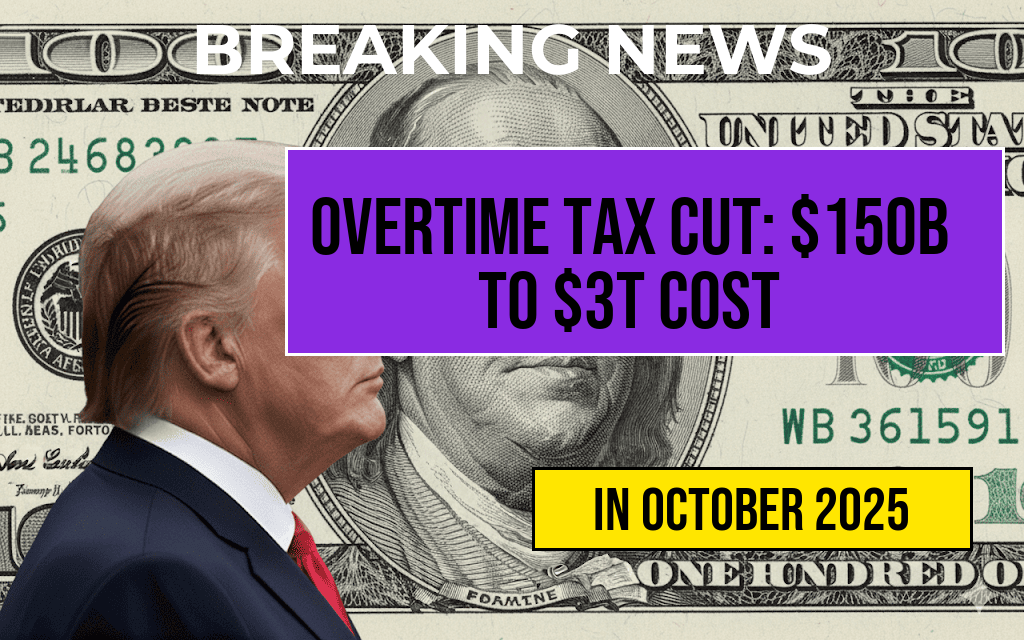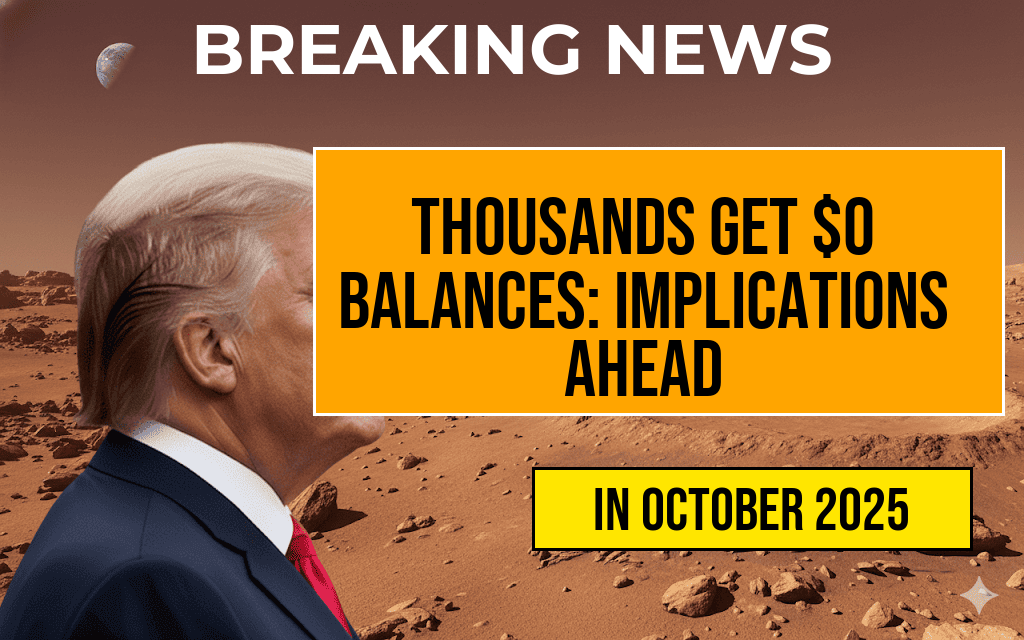The potential sale of $1.6 trillion in loans by the Federal Reserve has sparked debates about its implications for interest rates across the United States. Financial analysts are concerned that this massive divestiture could lead to significant increases in borrowing costs for consumers and businesses alike. As the Fed seeks to unwind its balance sheet, the question arises: could this move push interest rates up by hundreds of dollars annually for the average American? With inflation still a pressing issue and the economy showing mixed signals, the ramifications of such a decision could be profound.
Understanding the Federal Reserve’s Balance Sheet
The Federal Reserve’s balance sheet expanded dramatically in response to the COVID-19 pandemic, as the central bank implemented various monetary policy tools to stabilize the economy. This expansion included purchasing a vast array of assets, including government bonds and mortgage-backed securities. As of late 2023, the Fed’s balance sheet stands at approximately $8 trillion, up from around $4 trillion before the pandemic.
Implications of Selling Loans
As the Fed contemplates selling off $1.6 trillion in loans, the implications for interest rates and the broader economy are critical. Here are some key factors to consider:
- Market Reaction: Selling a large volume of loans could flood the market with securities, potentially leading to an increase in yields. Higher yields typically translate to higher interest rates for consumers, affecting everything from mortgages to credit cards.
- Inflation Pressure: If the sale of loans leads to an increase in interest rates, it could exacerbate inflationary pressures, as borrowing costs rise for businesses and consumers alike.
- Economic Growth: Higher interest rates can slow economic growth by making it more expensive to borrow money for investment and consumption, which could lead to reduced spending and slower job growth.
How Interest Rates Could Soar
The mechanics of how selling loans could push interest rates higher involve several economic principles. When the Fed sells loans, it reduces demand for those securities in the market. With less demand, the prices of these securities may decrease, leading to higher yields. Since bond yields and interest rates move in opposite directions, this increase in yields could lead to a rise in borrowing costs across various sectors.
For the average American, this could mean increased costs in several areas:
- Mortgages: A rise in interest rates could impact monthly mortgage payments significantly. For instance, a 1% increase in mortgage rates could add hundreds of dollars to the monthly payment on a typical home loan.
- Credit Cards: Higher interest rates on credit cards could lead to increased monthly payments, particularly for those carrying a balance.
- Auto Loans: Financing a vehicle may also become more expensive, affecting consumers’ purchasing decisions.
Expert Opinions on the Fed’s Strategy
Financial experts are divided on the potential outcomes of the Fed’s decision to sell $1.6 trillion in loans. Some argue that the move is necessary to combat inflation and stabilize the economy, while others caution against the unintended consequences of higher interest rates.
Many economists believe that the Fed’s actions will depend heavily on economic indicators in the coming months. If inflation continues to rise or if the economy shows signs of overheating, the Fed may feel compelled to act more aggressively, potentially leading to higher interest rates.
Potential Mitigating Factors
While the prospect of soaring interest rates is concerning, there are several factors that could mitigate this outcome:
- Economic Conditions: If the economy shows signs of slowing, the Fed may hold off on aggressive rate increases to avoid stifling growth.
- Global Economic Trends: International markets and interest rates can influence domestic rates. If global rates remain low, it may temper the Fed’s ability to raise rates significantly.
- Market Confidence: If consumer confidence remains strong, it could lead to sustained economic growth, which may alter the Fed’s approach to rate hikes.
Conclusion
The Federal Reserve’s decision to sell $1.6 trillion in loans is poised to have far-reaching consequences for interest rates and the economy at large. As market participants and consumers await the Fed’s next moves, understanding the complexities of this situation will be crucial for navigating the financial landscape. The coming months will be pivotal in determining whether interest rates will soar and how that will affect the average American’s financial well-being.
For further reading, you can check sources like Wikipedia on the Federal Reserve and Forbes on Interest Rates.
Frequently Asked Questions
What is the significance of the Fed selling $1.6 trillion in loans?
The Federal Reserve selling $1.6 trillion in loans could significantly impact the economy, as it may lead to increased interest rates for consumers and businesses.
How might this sale affect consumer loans?
If the Fed’s sale results in higher interest rates, consumers could see their annual loan payments increase by hundreds of dollars, affecting mortgages, car loans, and credit cards.
What are the potential consequences for the housing market?
Rising interest rates could dampen demand for homes, leading to a slowdown in the housing market and potentially lowering property values.
Are there any historical precedents for such actions by the Fed?
Yes, the Fed has previously engaged in similar actions, and historical data shows that interest rates tend to rise following significant sales of government securities.
What should consumers do to prepare for potential rate increases?
Consumers should consider refinancing existing loans and locking in fixed interest rates before potential increases occur, as this may save them money in the long run.


